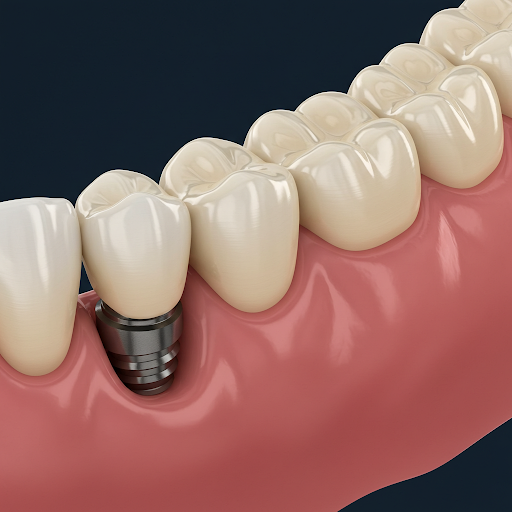
From Glimmers of Hope to Full Smiles: A History of Full Arch Implants
Share
The journey to a complete, fixed set of teeth has been a long and fascinating one. While the concept of dental implants has roots stretching back centuries, the modern approach to full arch restoration is a relatively recent, yet revolutionary, development. Let's delve into the historical milestones that have shaped this transformative dental procedure.
Early Seeds of Implantation:
The idea of replacing lost teeth with artificial substitutes isn't new. Archaeological findings reveal that ancient civilizations, including the Egyptians and Mayans, attempted tooth replacement using materials like seashells and carved stones. However, these early attempts lacked the scientific understanding and biocompatible materials necessary for long-term success.
The Dawn of Osseointegration:
The true turning point in implant dentistry came in the 1950s, thanks to the pioneering work of Swedish orthopedic surgeon, Professor Per-Ingvar Brånemark. While studying bone healing in rabbits, he discovered the phenomenon of osseointegration – the direct structural and functional connection between living bone and titanium. This serendipitous discovery laid the foundation for modern dental implants.
Brånemark's Breakthrough:
Brånemark's research led to the development of the first titanium dental implants, which were successfully placed in human patients. His groundbreaking techniques, including the use of meticulously designed titanium screws and precise surgical protocols, revolutionized tooth replacement. In the 1960s, he performed the first successful placement of dental implants in humans, demonstrating the long-term viability of osseointegration.
The Development of Full Arch Concepts:
Initially, dental implants were primarily used to replace single teeth. However, as the technology advanced, dentists began exploring the possibility of using multiple implants to support full arch restorations. The concept of "all-on-4" and "all-on-6" emerged, offering a more efficient and cost-effective solution for patients with complete tooth loss.
The All-on-4 Revolution:
The "all-on-4" technique, developed by Paulo Maló in the late 1990s, was a significant breakthrough. This technique involves placing four dental implants in the jawbone, with the posterior implants angled to maximize bone contact and support a full arch prosthesis. This approach minimized the need for extensive bone grafting, making it accessible to patients with limited bone volume.
Advancements in Technology and Materials:
The evolution of full arch implants has been driven by continuous advancements in technology and materials.
- Computer-Guided Surgery: Computer-aided design and manufacturing (CAD/CAM) and cone-beam computed tomography (CBCT) imaging have enhanced the precision and predictability of implant placement.
- Improved Implant Designs: Implant designs have been refined to improve osseointegration, stability, and aesthetics.
- Advanced Prosthetic Materials: Materials like zirconia and high-strength acrylic resins have improved the durability and aesthetics of full arch prostheses.
Modern Full Arch Implants:
Today, full arch dental implants offer a life-changing solution for patients who have lost all or most of their teeth. They provide a stable, functional, and aesthetically pleasing alternative to traditional dentures, restoring patients' ability to eat, speak, and smile with confidence.
Key Historical Takeaways:
- The discovery of osseointegration by Per-Ingvar Brånemark was the cornerstone of modern implant dentistry.
- The "all-on-4" technique revolutionized full arch restoration, making it more accessible and efficient.
- Ongoing advancements in technology and materials continue to improve the outcomes of full arch implant procedures.
The history of full arch implants is a testament to the power of innovation and the dedication of researchers and clinicians who have strived to improve the quality of life for patients worldwide. As technology continues to advance, we can expect even more exciting developments in the field of implant dentistry.
If you need a new driver - be sure to check out ours here.
